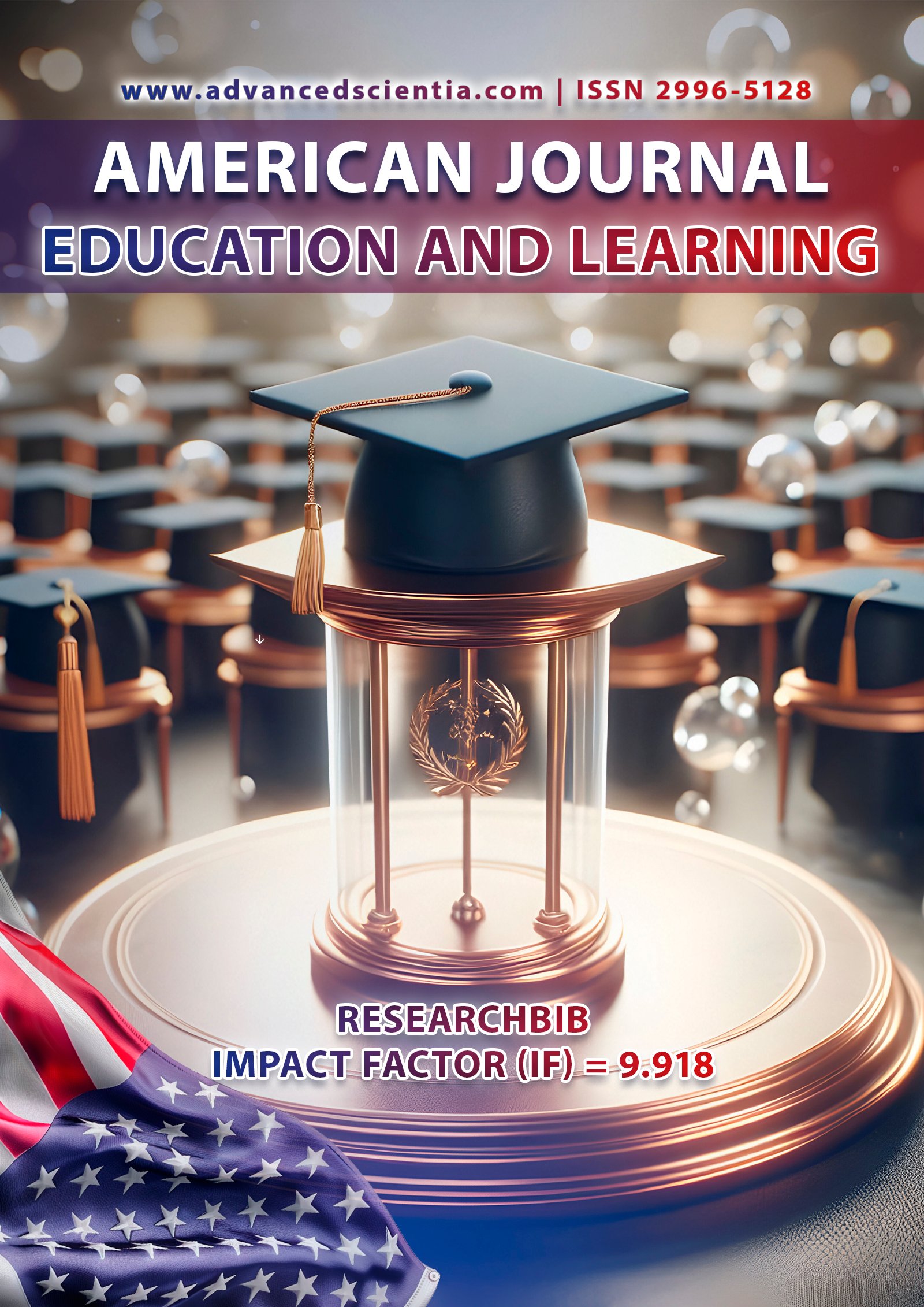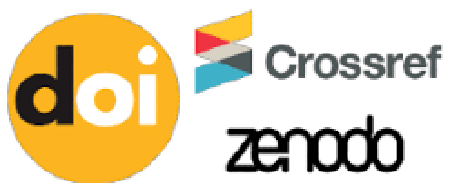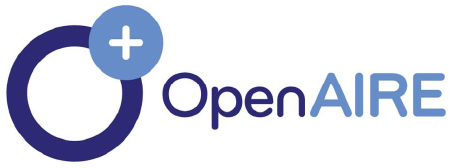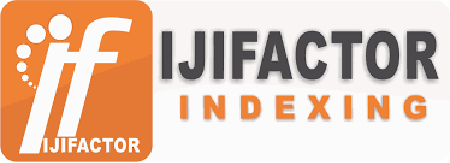FLIPPED CLASSROOM TECHNOLOGY
Abstract
This article explores the flipped classroom as an innovative pedagogical model that redefines traditional teaching and learning practices. Emphasizing its theoretical foundations in constructivism and Bloom’s Taxonomy, the paper outlines how the flipped approach shifts passive instruction into active, student-centered engagement. The main advantages — such as enhanced learner autonomy, critical thinking, and classroom interaction — are discussed alongside challenges including digital inequality and instructional workload. The study concludes that the flipped classroom, when implemented thoughtfully, can significantly improve educational outcomes and support 21st-century skill development.
References
1.Bergmann, J., & Sams, A. (2012). Flip Your Classroom: Reach Every Student in Every Class Every Day. International Society for Technology in Education.
2.Bishop, J. L., & Verleger, M. A. (2013). "The flipped classroom: A survey of the research". ASEE National Conference Proceedings, Atlanta, GA.
3.Zainuddin, Z., & Halili, S. H. (2016). "Flipped classroom research and trends from different fields of study." International Review of Research in Open and Distributed Learning.
4.Tucker, B. (2012). "The Flipped Classroom: Online instruction at home frees class time for learning." Education Next, 12(1), 82–83.






















